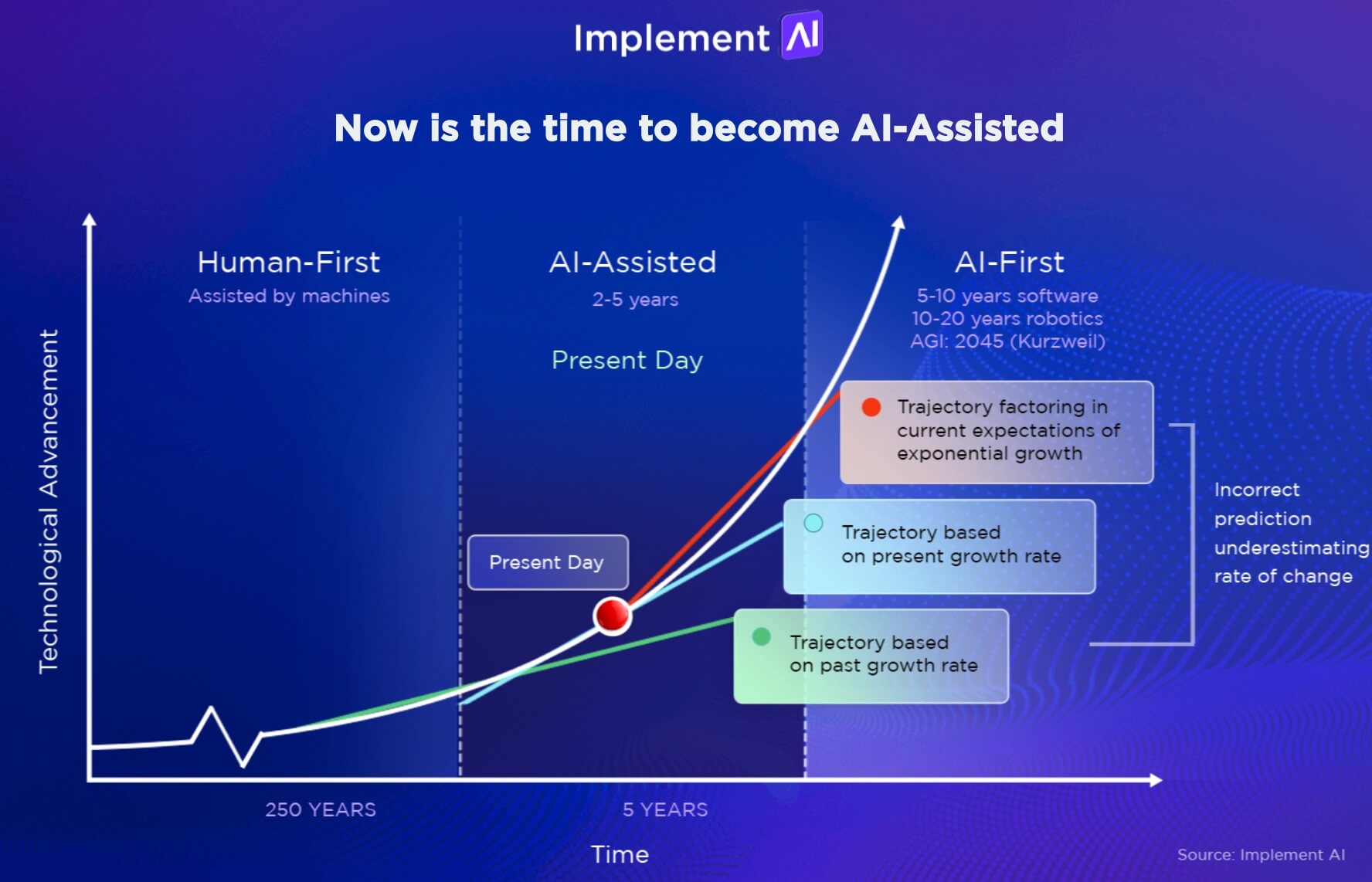Every so often, when different groups of people are given the task of creating a product, they end up with different ideas about what the product should be. This can happen to any organization that decides to let sales, marketing, and product teams work together.
When this happens at your company, you might find a lot of conflict between team members. It can be difficult to find the right balance between competing priorities. The key is for each team to understand its role in the process and responsibilities – and then communicate with each other.
It's common for salespeople to have a different idea about what will sell than marketers do.
Sales and marketing teams tend to have different views on what will sell, which can be confusing to product managers. Salespeople are usually more focused on short-term solutions, while marketers tend to be more future-focused. As a result, product managers need to keep both perspectives in mind. While it's critical to deliver products quickly, they also need to consider the long-term benefits that align with the company's overall direction.
:max_bytes(150000):strip_icc()/GettyImages-769717041-5c787b2ac9e77c0001d19ce0.jpg)
The influential voices of sales, marketing, and other stakeholders often differ when it comes to prioritizing one feature over another. Each of them has their knowledge base that helps inform their opinion about what a customer is looking for in your product.
It's up to you as a product manager to make sure everyone is heard. But you have to make sure that you’re taking in enough outside feedback from customers and data so you can make the best possible decisions for your organization and its users.
The product can be caught in the middle of it all.
Occasionally, the lines between sales, marketing, and product become blurred. Salespeople can have opinions about what features to add. Marketers can be asked to write copy for a brand-new feature that has never existed before. Product managers may have unique insights into what customers are asking for that sales occasionally overlooks. When this happens, the product can be caught in the middle of it all.
Your job as a product manager is to listen to all these different voices: sales, marketing, customer support, and customers themselves. Then you synthesize all this information into an idea of how best to move forward with the product—to make it better than ever before! This is why balance and empathy are key skills for any product manager to possess—key skills that will help you keep your head above water, regardless of what's going on in the office around you!
Product has to balance the needs of all the different voices pitching in on the design and product decisions.
Part of the job as a product manager is being an expert on navigating all the different groups that have control over products and making sure you can balance their needs. This means balancing sales and marketing, as well as balancing short-term goals with long-term ones. It also means balancing conflicting opinions while working with your team—you might have to balance a UX designer who thinks one thing with an engineering manager who thinks something else.
Most importantly, it means balancing the needs of your product, sales, and marketing. Each has different priorities, different ways they think about growth, and different plans for success. You must make sure they work together seamlessly.
Taking too much time to make decisions is a problem because things in software evolve so quickly.
Decision-making speed is important because, as you know, things in software evolve quickly. When you decide too slowly, you're spending time on things that don't matter as much as other things that have come up since you started thinking about the decision.
If you get stuck working on something that takes too long to decide about and doesn't focus on other more pressing matters (like bugs or prioritizing features), it's going to take longer to ship features overall. And if your competitors are shipping faster than you, they will win.

The specific roles and responsibilities of each person can make it difficult for everyone to sort out who does what and how.
You are the PM and are meeting with your marketing and sales teams. Your team has a product decision to make, but you're having trouble sorting out who gets the final say, especially since each group has its own goals and metrics. You want to know how you can get everyone on board with your decisions.
Generally, it's the PM's responsibility to hear all voices at the table, make sure everyone is heard, and then ultimately be responsible for deciding that promotes collaboration between teams. However, this doesn't always happen as seamlessly as it sounds.
Marketing and sales often come from very different perspectives based on their roles in the company. They may have trouble putting themselves in each other's shoes or seeing things from someone else's perspective. They may not realize that their perspective is informed by their role in the company more than an objective view of reality. It's up to you as a product manager to help them understand where they're coming from so they can make better-informed decisions together.”
Sales may be more focused on short-term solutions that keep customers happy for now.
Sales may be more focused on short-term solutions that keep customers happy for now. Salespeople are typically focused on the immediate, the here and now because their job is to make sure a customer stays happy right away. Salespeople may be more focused on meeting the needs of one customer, today, at this moment. This can lead to an emphasis on getting a deal done quickly and moving on to the next deal--rather than focusing as much on whether this decision will work well long term.
A sales goal could be something like “make sure that we can close this deal by the end of this quarter.” To achieve this, a salesperson might ask for a feature that doesn’t really exist in the product but will make it possible for them to close the deal. Product, on the other hand, might have a goal of “Think about what we need to do to build out our infrastructure so that we can support all of our customers within two years." This is how sales and product get into discussions like:
Sales: “We need X because I want to close this deal.”
Product: “But if we build X, it will complicate Y which will screw up Z.”
Marketing may be more future-focused, coming up with ideas for new products that could eventually be helpful for customers.
From a different angle, marketing may be more future-focused, coming up with ideas for new products that could eventually be helpful for customers. Marketing is good at analyzing data to figure out what customers want today, and at predicting what they’ll want in the future. They are the ones who notice trends (like the rising popularity of plant-based foods) and bring them to your attention.

Marketing is great at noticing how other companies are doing things; they’re always on top of new features, products, and experiences that other organizations are offering their customers. With this knowledge, they can help you come up with innovations and ideas to stay competitive.
Product managers need to figure out how to get things done quickly but also pay attention to long-term benefits.
As a product manager, you need to be able to communicate effectively with each of these groups to ensure that your company can make informed decisions about the direction that the product has to go. To achieve this, it's important for you as a product manager to understand what each department wants out of your product and how their interests may diverge from one another.
Dealing with conflict often includes trying to find compromises between short and long-term goals and between sales and marketing positions on features and benefits that drive customer value.
When you're dealing with problems between people, it's often critical to try to find compromises that work for both parties involved. Sometimes this can be difficult, especially when the perspectives of two groups are vastly different.
One technique that can help balance these perspectives is to clearly understand what each person's goals are, and why they want those things. This can be particularly helpful when dealing with differences in priorities between sales and marketing people—that is, the salespeople who deal with customers directly versus the marketers who do not.
By understanding what each group wants and why they want it, you can start to find common ground in other areas you may not have thought of before. For example: consider a salesperson has a client who wants a particular feature, but it would take too long for product engineers to build one from scratch. Your marketing team might be able to come up with an alternative solution that meets both parties' needs while taking less time than building something entirely new (in other words, by doing something more similar to an existing feature). A compromise could also involve offering discounts on products or services related but not directly tied into whatever feature was requested by customers; this might be enough incentive for them!






